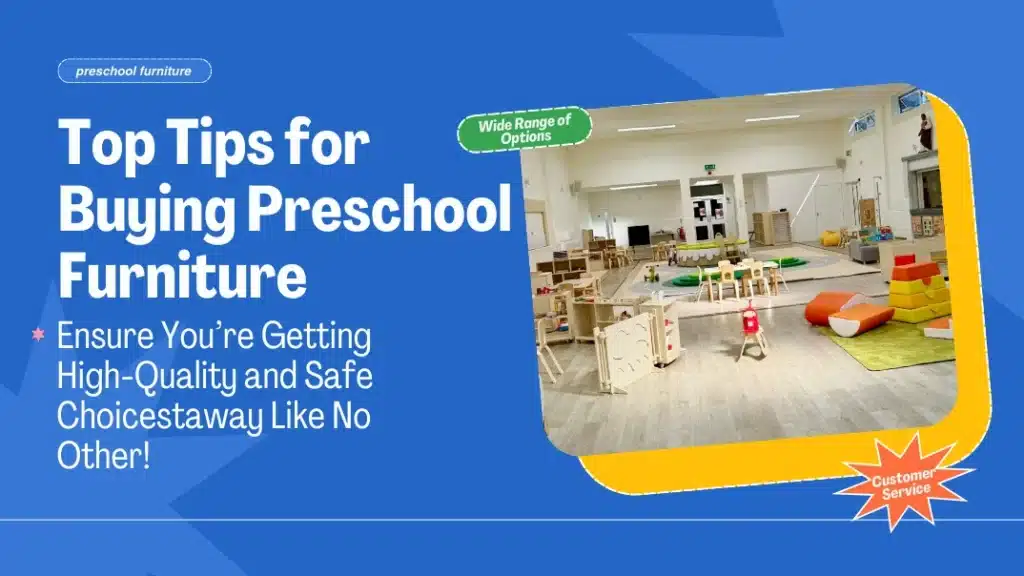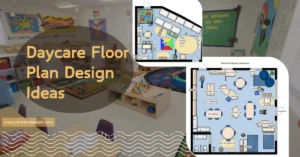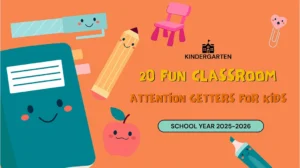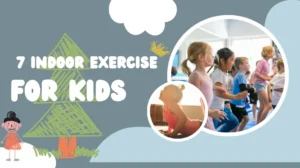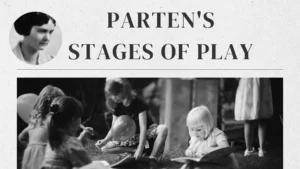When buying preschool furniture, making the right choices is crucial. The furniture you select significantly creates a safe, comfortable, and stimulating environment for young children. It’s not just about finding pieces that fit your budget; it’s about ensuring the furniture is durable, age-appropriate, and conducive to learning and development.
But with the overwhelming number of options available, how can you be sure you’re making the best decision? Every piece of furniture in a preschool needs to meet specific safety, usability, and durability standards. After all, these items will be used daily by energetic, curious children. The wrong choice could lead to discomfort, distractions, or even accidents. That’s why it’s essential to be well-informed before making any purchases.
Buying preschool furniture can be daunting, but by focusing on quality, safety, and the specific needs of the children, you can ensure that your choices are spot-on. Whether setting up a new preschool or upgrading existing furniture, this guide will help you navigate the essentials, ensuring you find the best pieces for your space.
This guide will explore the key factors you should consider when buying preschool furniture. From understanding what makes children’s furniture unique to knowing which pieces are essential, we’ll cover everything you need to know to make informed, confident choices. So, keep reading to discover how you can create a learning environment that is not only functional and growth, creativity, and safety.

What Is Children’s Furniture and Why Is It Important?
When buying preschool furniture, it’s crucial to understand that children’s furniture is not just scaled-down versions of adult furniture. It is designed to meet the unique needs of young kids, ranging from toddlers to preschoolers. This type of furniture considers the child’s safety, comfort, and developmental stages, ensuring that each piece supports their growth and well-being.
Children’s furniture is made with the young user in mind, from the height of the tables and chairs to the softness of the materials used. The idea is to create an environment where children can move freely, interact with their surroundings, and engage in activities that foster learning and development. Unlike regular furniture, which might not consider these factors, children’s furniture is built to be robust, easy to clean, and most importantly, safe for everyday use.
But why is this so important when buying preschool furniture? The significance lies in the environment’s role in a child’s development. Furniture that is appropriately designed and selected can significantly influence a child’s physical and cognitive growth. For instance, chairs and tables that are the right size encourage good posture, which is essential for physical health and concentration. On the other hand, poorly chosen furniture can lead to discomfort, distractions, and even physical strain, which can negatively impact a child’s learning experience.
In addition to physical development, children’s furniture promotes safety in the learning environment. Every year, thousands of children suffer injuries from furniture that is not child-friendly. This makes it imperative that when buying preschool furniture, you focus on pieces that have rounded edges, are stable, and are made from non-toxic materials. Safety features are not just about preventing injuries; they also create a sense of security, allowing children to explore and learn without unnecessary risks.
Furthermore, buying preschool furniture tailored to young children’s needs can enhance their learning experiences. Furniture that is accessible and easy to use helps children become more independent, which is a critical aspect of early childhood education. When children can easily reach materials or sit comfortably at a table, they are more likely to engage in activities like reading, drawing, or group work.
Children are vital in creating a safe, supportive, and enriching learning environment. When buying preschool furniture, it’s crucial to prioritize essentials designed with the child’s needs in mind. Doing so ensures the children’s safety and comfort and contributes to their overall development and success in preschool.

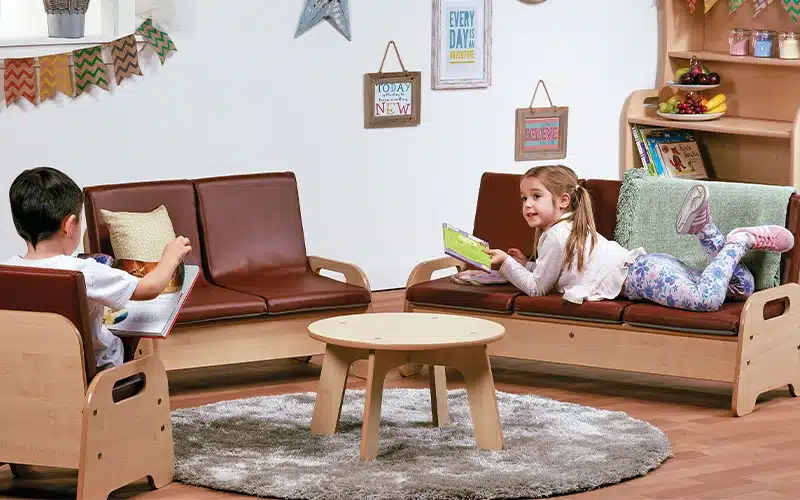
The Philosophy Behind Children’s Furniture
The philosophy behind children’s furniture is deeply connected to various educational approaches, each with its principles that influence how it is designed and used. These philosophies recognize that the environment is critical to a child’s growth, learning, and overall development. Let’s explore some of the most influential educational philosophies and how they shape the design and selection of children’s furniture.
Montessori Method
One of the most well-known educational philosophies, the Montessori method, strongly emphasizes creating an environment that promotes independence, freedom of movement, and self-directed learning. Montessori classrooms are designed with child-sized furniture that is easy for children to access and use independently. This philosophy believes that when children can move freely and choose their activities independently, they develop a greater sense of responsibility and confidence.
Montessori furniture is typically straightforward, functional, and made from natural materials. The focus is on creating a calm and organized space where children can explore and learn at their own pace. Furniture in a Montessori classroom often includes low shelves, small tables and chairs, and open storage solutions that allow children to see and reach materials easily. The goal is to empower children to take charge of their learning environment, fostering cognitive and motor development.
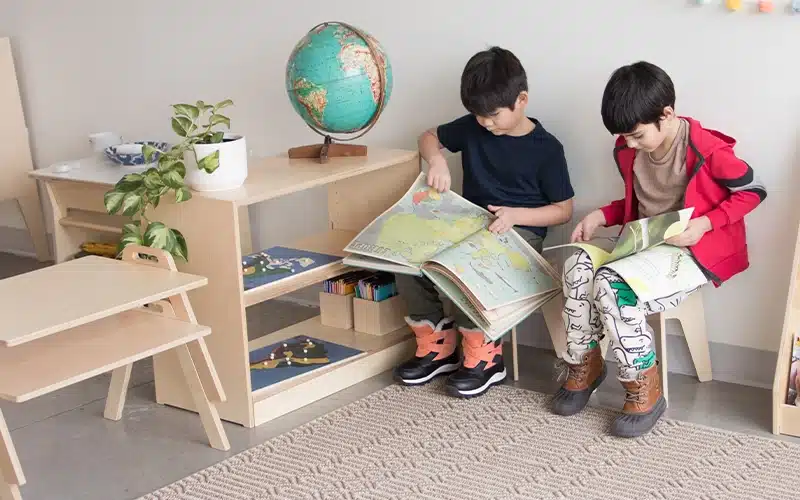
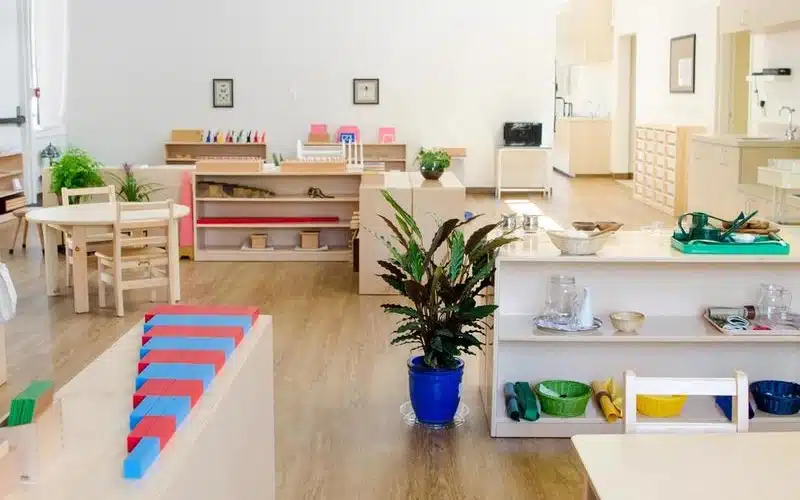
Reggio Emilia Approach
The Reggio Emilia approach, another influential educational philosophy, also places great importance on the learning environment, often referred to as the “third teacher” after the teacher and the students themselves. In Reggio Emilia-inspired classrooms, the design of the space is meant to encourage interaction, exploration, and discovery. The furniture is arranged to create flexible learning spaces adapted to different activities and group sizes.
Furniture in Reggio Emilia classrooms is often modular and versatile, allowing various configurations supporting collaborative learning. Using natural light, mirrors, and materials that reflect the natural world is also familiar. This philosophy encourages using aesthetically pleasing and meaningful furniture that stimulates creativity and exploration.
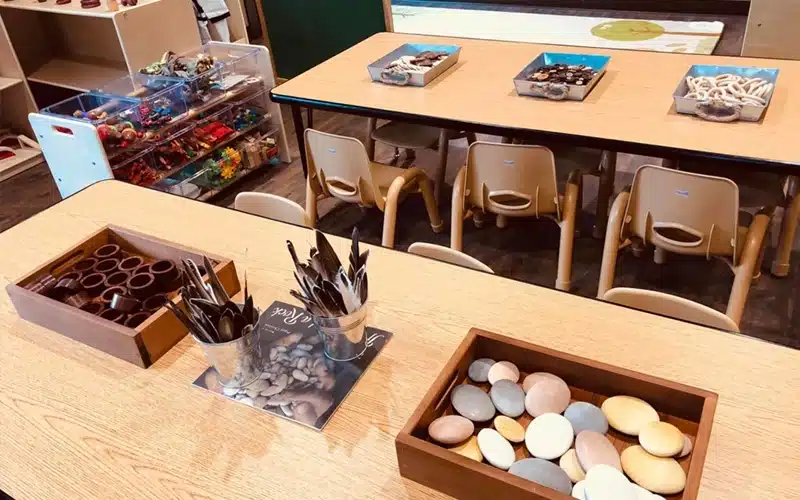
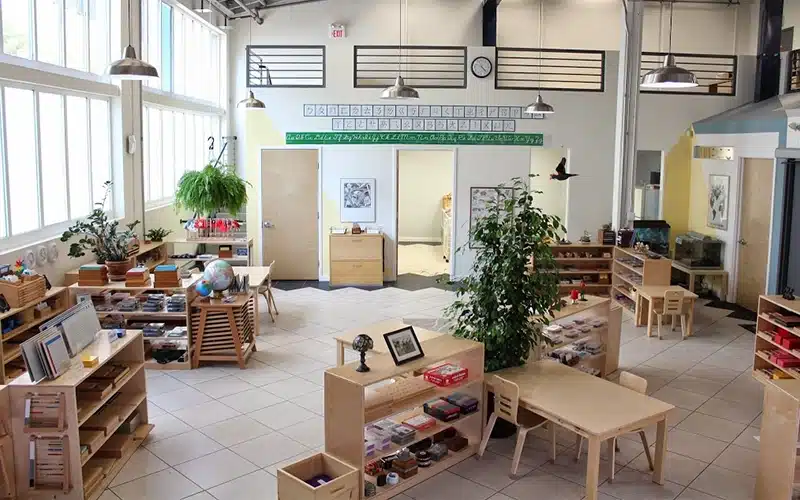
Waldorf Education
Waldorf education, founded by Rudolf Steiner, emphasizes the role of imagination in learning and values integrating the arts into all curriculum areas. In a Waldorf classroom, the furniture is often made from natural materials like wood, and the design is intended to be beautiful, simple, and harmonious with the environment. The philosophy behind Waldorf furniture is to create a warm and inviting space that nurtures the child’s sense of wonder and creativity.
Waldorf furniture is typically handcrafted and features soft, rounded edges to enhance safety and comfort. The furniture design is intended to be timeless, avoiding trends and focusing instead on creating a nurturing atmosphere that supports the child’s holistic development—emotionally, intellectually, and physically.

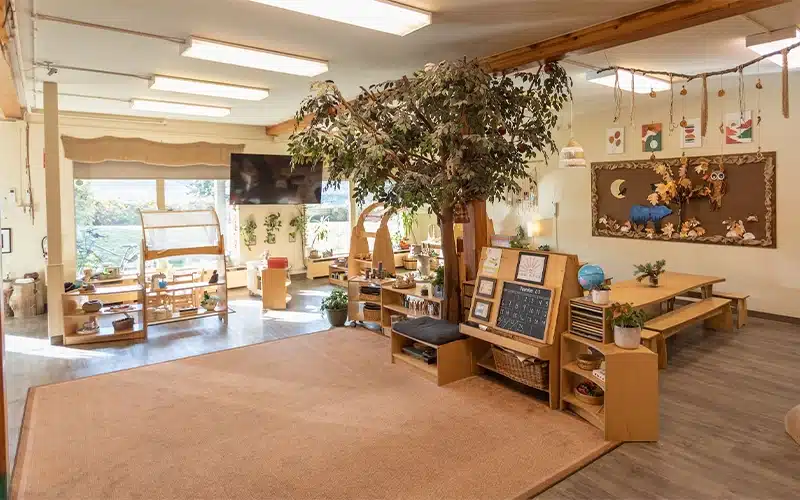
Overall Impact on Children’s Furniture Design
These educational philosophies share a common belief: the environment, including furniture, is crucial in supporting a child’s development. Whether it’s the Montessori focus on independence, the Reggio Emilia emphasis on collaborative spaces, or the Waldorf dedication to beauty and harmony, these philosophies profoundly guide the design and selection of children’s furniture.
When buying preschool furniture, it’s essential to consider how these philosophies might influence your choices. Are you creating a space that encourages independence and self-directed learning, or are you focusing on fostering creativity and imagination? The furniture you select can significantly impact how children interact with their environment and how they learn and grow. By aligning your furniture choices with educational philosophies, you ensure that the environment supports and enhances the educational goals of your preschool.

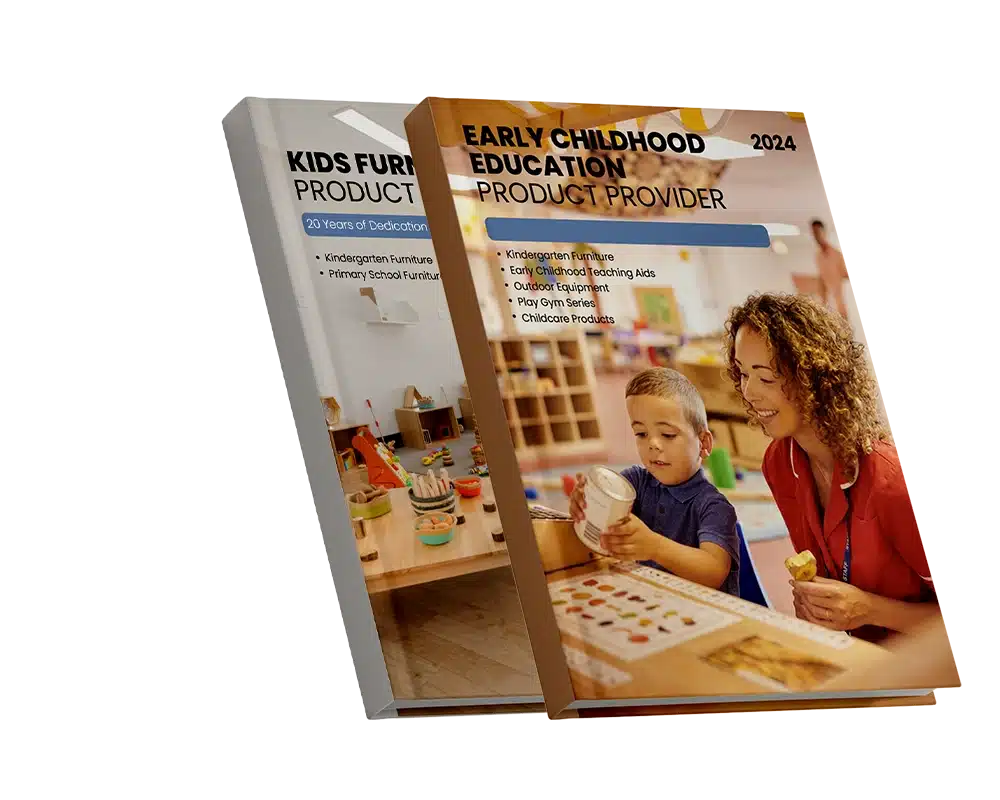
What Types of Kids’ Furniture Are Essential?
When buying preschool furniture, it’s essential to equip the learning environment with furniture that caters to the diverse needs of young children. A well-designed preschool classroom isn’t just about filling the space with random items; it’s about selecting specific pieces that support learning, safety, and overall development. Below, I’ve detailed some must-have furniture types essential for creating an effective and engaging preschool environment.

1. Table and Chair Sets
Table and chair sets form the backbone of any preschool classroom. They are where most of the day-to-day activities happen, including arts and crafts, group learning, and snack time. When buying preschool furniture, look for table and chair sets that are sturdy, durable, and ergonomically designed to suit the size of young children. These sets should be easy to clean, as spills and messes are inevitable in any classroom. Adjustable-height tables and chairs can also be a significant investment, as they can accommodate children of different ages and sizes, extending the furniture’s usability as the children grow.
2. Locker Cubbies
Locker cubbies are essential for maintaining an organized classroom. They provide children with a designated space to store personal items such as coats, backpacks, and shoes. Beyond organization, cubbies teach children about responsibility and independence as they learn to manage their belongings. When selecting cubbies, consider those with individual compartments for each child, making it easy for them to identify and access their items. Durable materials that can withstand daily use are also necessary.
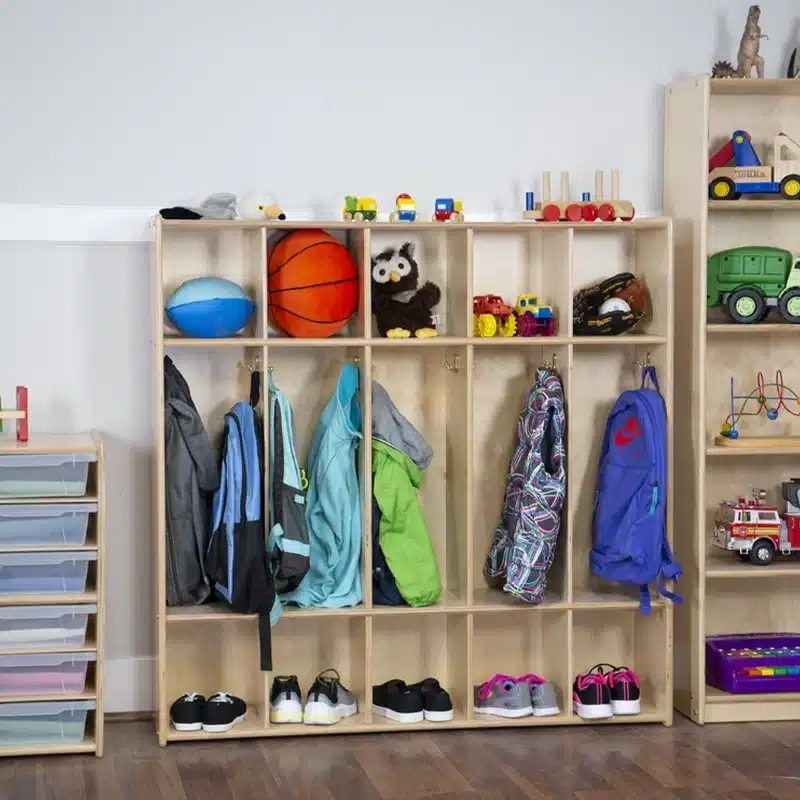
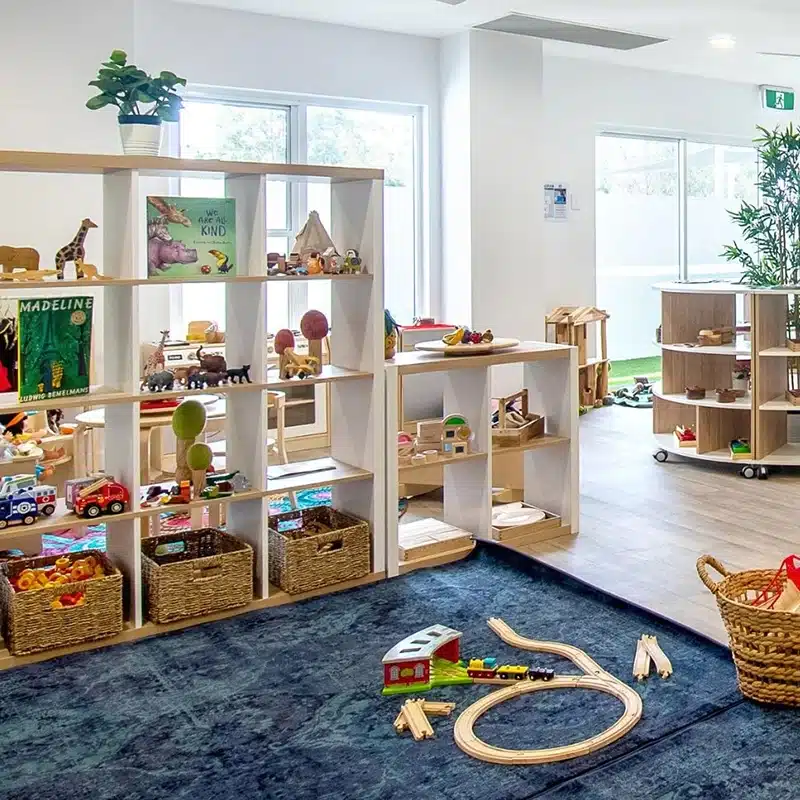
3. Storage Cabinets
Storage cabinets are a crucial element in any preschool classroom. They help keep educational materials, toys, and supplies organized and accessible. Cabinets with open shelves are particularly beneficial because they allow children to see and select items independently, fostering a sense of choice and responsibility. When buying preschool furniture, look for cabinets low enough for children to reach easily but secure enough to prevent tipping. Lockable cabinets might also help store items that should only be accessed by teachers.
4. Bookshelves
Bookshelves are indispensable in creating a literacy-rich environment. Accessible bookshelves placed at a child’s eye level encourage a love of reading from an early age. When buying preschool furniture, consider sturdy and spacious bookshelves to hold various books, including oversized picture books. Shelves with wide openings can display book covers facing outwards, attracting children to pick up a book and explore the stories inside. Additionally, bookshelves can be used to organize books by theme, helping to introduce children to different subjects and fostering their curiosity.

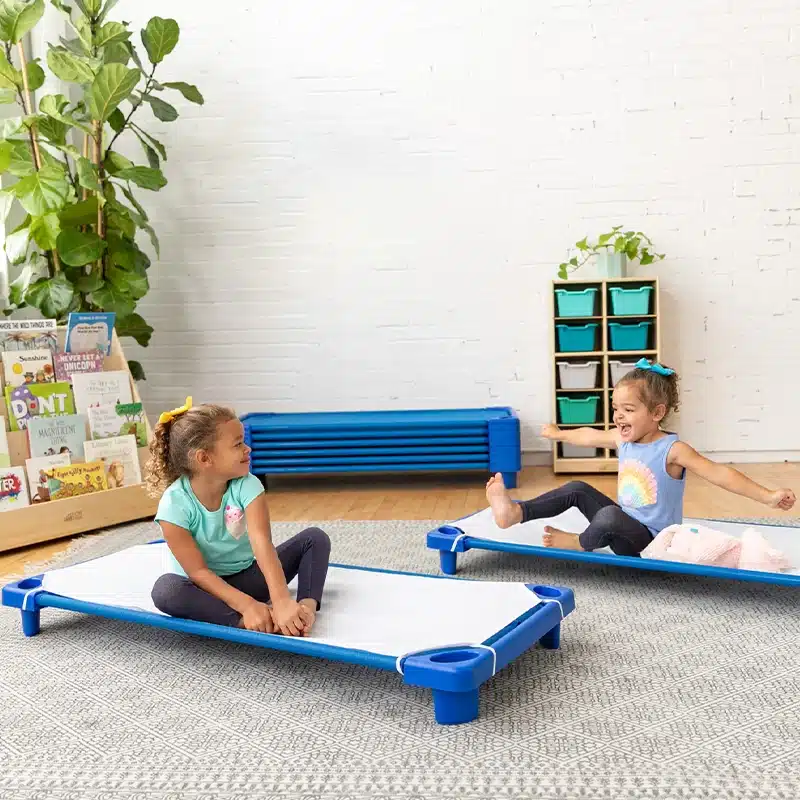
5. Nap Mats and Cots
Preschool often includes rest time, and having appropriate nap mats or cots is vital. These should be comfortable, easy to clean, and stackable for efficient storage. When buying preschool furniture for naptime, consider mats that are thick enough to provide support and comfort and portable so they can be easily moved or stored when not in use. Ensure the materials are hypoallergenic and safe for children, providing a peaceful resting environment.
6. Art Easels and Craft Tables
Art easels and craft tables are must-haves in any preschool environment. These allow children to express their creativity through drawing, painting, and other artistic activities. When selecting art furniture, opt for easels that are adjustable to different heights and tables that provide ample space for group projects. Surfaces should be easy to clean, and the furniture should be stable to withstand enthusiastic use by young artists.
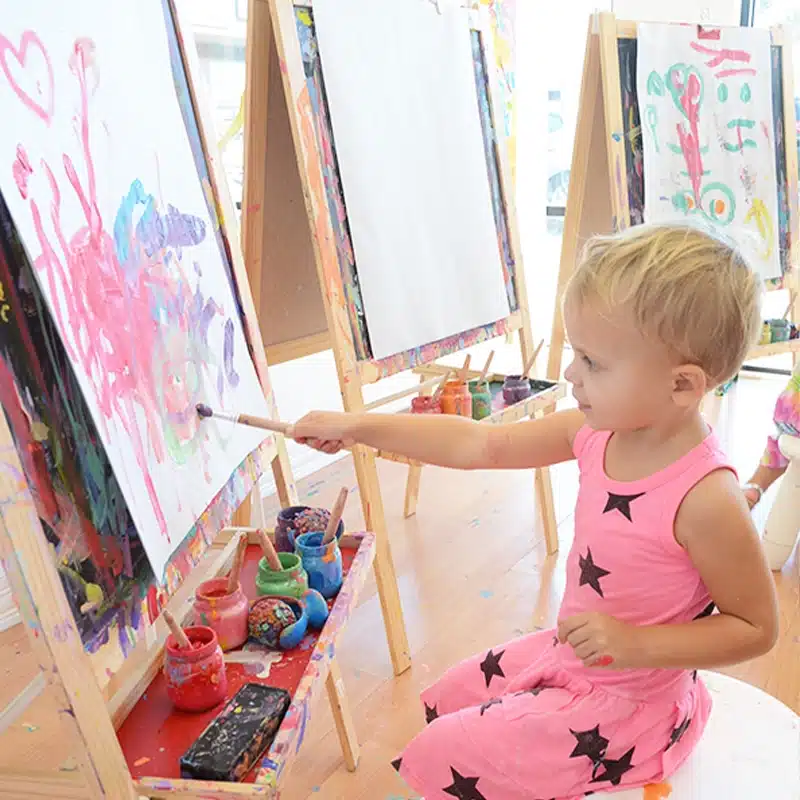
What Factors Must You Consider When Buying Children’s Furniture?
When buying preschool furniture, the stakes are high. Your choices affect not only the functionality and aesthetics of the classroom but also the safety, comfort, and overall well-being of the children who will be using the furniture daily. At Xiha Montessori, we understand these critical considerations and have designed our products to meet the highest standards in every aspect. Below, I’ll walk you through the key factors to consider when selecting the right preschool furniture and how our offerings align with these essential criteria.
- 1. Safety: The Number One Priority: Safety is crucial when buying preschool furniture. Children are naturally curious and active, which means that the furniture in a preschool setting must be designed to minimize the risk of injury. This includes ensuring that all pieces are stable, have rounded edges, and are accessible from sharp corners or small parts that could pose a choking hazard. At Xiha Montessori, safety is embedded in the design of all our products. Our furniture is made from high-quality, non-toxic materials that meet international safety standards. Each piece undergoes rigorous testing to withstand the daily demands of a busy classroom while keeping children safe. We also offer products with anti-tip features and non-slip bases to further enhance safety in your preschool environment.
- 2. Style: Creating an Inspiring Learning Environment: While functionality is crucial, the style of the furniture also plays a significant role in creating a welcoming and inspiring learning environment. The right style can enhance the overall aesthetic of the classroom, making it a place where children feel comfortable and excited to learn. When buying preschool furniture, consider the colors, shapes, and overall design that will best suit the educational goals and atmosphere you want to create. Xiha Montessori offers a wide range of furniture styles, from modern minimalist designs to more traditional pieces, all customizable to fit your needs. Our furniture comes in various colors and finishes, allowing you to create a cohesive look that aligns with your preschool’s theme or educational philosophy. Whether you’re aiming for a vibrant, playful environment or a calm, natural setting, we have the styles to match.
- 3. Durability: Ensuring Long-Term Investment: Preschool furniture must withstand constant use and the occasional rough handling by young children. Durability is crucial when buying preschool furniture, as high-quality, durable furniture reduces the need for frequent replacements, ultimately saving time and money. At Xiha Montessori, we prioritize durability in all our products. Our furniture is made from robust materials such as solid wood and high-grade laminates that resist scratches, stains, and wear. We use reinforced joints and sturdy construction techniques to ensure that our furniture can handle the everyday challenges of a preschool setting. This durability provides a longer lifespan for the furniture and contributes to a safer, more stable environment for the children.
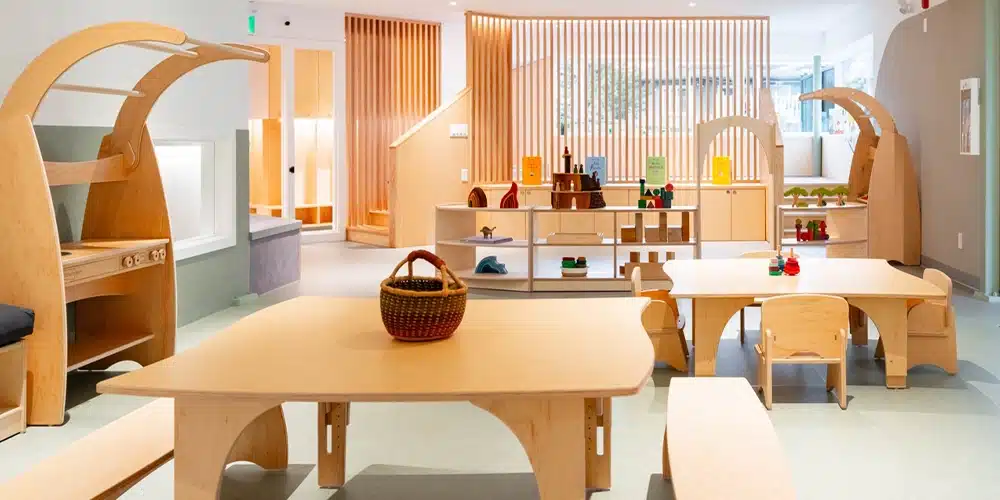
- 4. Quality and Value: Balancing Cost with Longevity: Quality and value go hand in hand when buying preschool furniture. While choosing the cheapest options available might be tempting, investing in high-quality furniture will provide better value over time. High-quality furniture is more durable and often has better safety features and a more attractive design. Xiha Montessori is committed to offering furniture that represents the best value for your investment. We understand the budget constraints many preschools face, so we provide various products at different prices without compromising quality. Our furniture is designed to offer long-term value, combining durability, safety, and aesthetic appeal at a competitive price.
- 5. Functionality: Supporting Various Learning Activities: Functionality is another crucial factor when buying preschool furniture. The furniture should not only be comfortable and safe but also versatile enough to support the wide range of activities that take place in a preschool classroom. This includes everything from group work and individual learning to playtime and rest. At Xiha Montessori, we design our furniture with multifunctionality in mind. Many of our pieces, such as adjustable tables and modular storage units, can be easily adapted to suit different activities and classroom layouts. Our furniture is designed to be easy for teachers to move and rearrange, allowing for greater flexibility in classroom use. Whether you need a table that doubles as a storage unit or a chair that can be stacked and stored away, we have functional solutions to meet your needs.
- 6. Design: Encouraging Engagement and Interaction: The design of preschool furniture should go beyond just being visually appealing—it should also encourage engagement and interaction among children. Well-designed furniture can facilitate group activities, promote collaboration, and make it easier for children to access learning materials independently. Xiha Montessori’s furniture is designed with the child’s experience in mind. Our products are scaled to the appropriate height for young children, making it easy for them to interact with their environment. We offer a variety of designs that promote open-ended play and learning, from interactive storage solutions that double as play stations to seating arrangements that encourage group work. We aim to create furniture that looks good and enhances the learning experience by making the classroom more interactive and engaging.
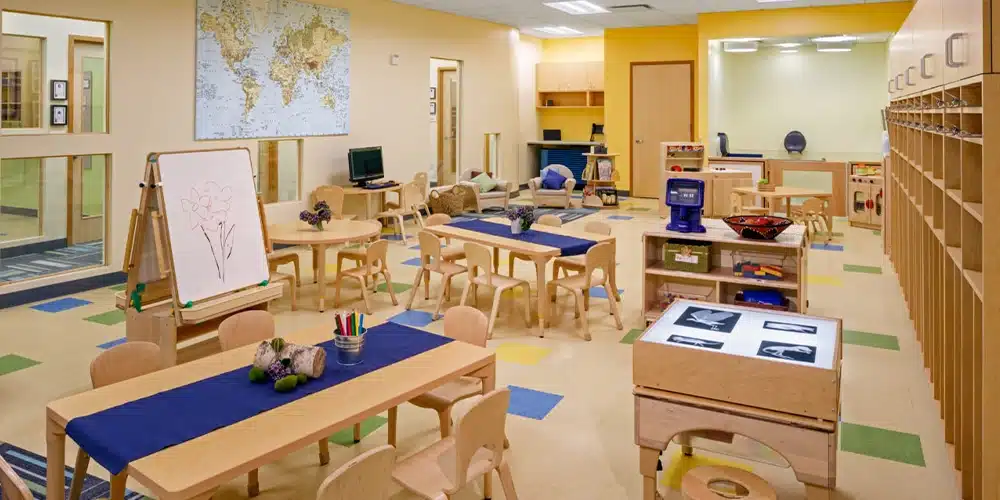
- 7. Comfort and Fit (Ergonomics): Prioritizing Child Well-Being: Comfort is a critical aspect of preschool furniture, as uncomfortable seating or workspaces can lead to poor posture, decreased concentration, and even physical strain. Ergonomics should be a top priority when buying preschool furniture, ensuring that each piece is appropriately sized and shaped to support the child’s body. At Xiha Montessori, we create ergonomically designed furniture that supports young children’s natural posture and movement. Our chairs and tables are crafted to provide optimal comfort, with contoured seats and adjustable heights for different ages and sizes. We also use materials that are soft to the touch yet durable, providing a comfortable and supportive environment for learning and play.
- 8. Selection: Offering a Wide Range of Options: Having a broad selection of furniture options allows you to tailor your choices to the specific needs of your preschool. This includes the variety of furniture types and the ability to customize features such as color, size, and material. Xiha Montessori offers an extensive range of preschool furniture, from tables and chairs to storage units, soft seating, and more. We understand that every preschool has unique needs, so we provide customizable options to ensure you get exactly what you need. Our wide selection allows you to mix and match pieces to create a cohesive and functional classroom environment that suits your educational goals and aesthetic preferences.
- 9. Customer Service – Furniture Availability, Shipping Time, Warranty: Excellent customer service is essential when buying preschool furniture. The process of selecting, ordering, and receiving furniture can be complex, so working with a supplier who offers reliable support is necessary. This includes clear communication about furniture availability, accurate shipping times, and robust warranty options. At Xiha Montessori, we pride ourselves on our exceptional customer service. We provide comprehensive support from when you start browsing our catalog to your furniture’s final delivery and setup. Our team is always available to answer questions, provide recommendations, and assist with customization needs. We also offer flexible shipping options to meet your timeline and a robust warranty on all our products, ensuring that your investment is protected.
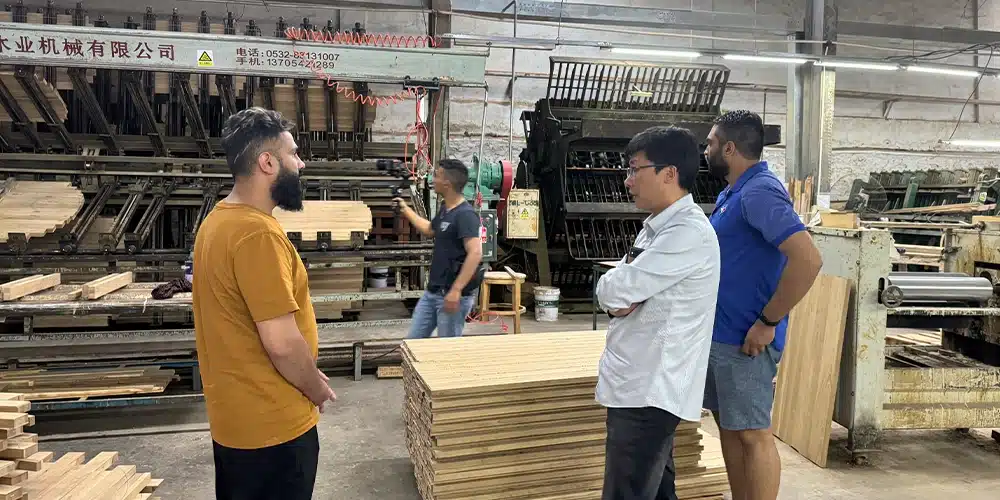
When buying preschool furniture, your decisions will impact your classroom environment and the children’s experience. By focusing on safety, style, durability, quality, functionality, design, comfort, and customer service, you can create a space that not only meets the practical needs of a preschool but also inspires and nurtures the children who use it every day.
At Xiha Montessori, we are committed to helping you make the best choices for your preschool. Our extensive range of high-quality, customizable furniture is designed to support every aspect of early childhood education, ensuring that your classroom is safe, engaging, and conducive to learning. Let us partner with you to create a preschool environment where children can thrive.
Buying preschool furniture is crucial in setting up a successful and engaging learning environment for young children. From safety and durability to style and functionality, every piece of furniture you choose is vital in how children learn, play, and grow. It’s not just about filling a classroom with tables and chairs—it’s about creating a space where children feel safe, comfortable, and inspired.
At Xiha Montessori, we understand the importance of these choices. We offer a wide range of high-quality, customizable preschool furniture that meets all the essential criteria—ensuring safety, providing comfort, or offering versatile and durable solutions. Our furniture is designed with children and educators in mind, making it easier to create a classroom supporting all aspects of early childhood development.
When buying preschool furniture, remember to prioritize what matters most: the well-being and growth of the children. With the right furniture, you can create a nurturing environment that encourages daily learning and exploration. Let Xiha Montessori help you make the best choices for your preschool, so you can focus on what truly matters—assisting children to thrive.

